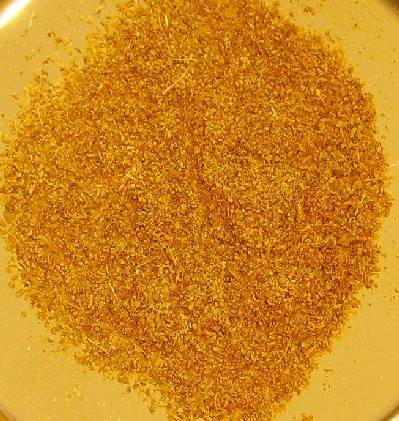Greek name and pronunciation:
At the market:
Physical characterisitcs:
Usage:
Substitutes:
Origin, History, and Mythology:
Ancient Romans and Greeks used cumin medicinally as a digestive aid, and in cosmetics to create a wan, pale, pallid complexion. In ancient Rome, in addition to being a valued spice, cumin was a symbol of avarice and greed. In the more educated and discreet power circles of ancient Rome, Marcus Aurelius and Antoninus Pius – emperors with a reputation for their avarice – were privately nicknamed “Cuminus.”
Roman and Greek kitchens of antiquity valued cumin as a good substitute for black pepper which was very expensive and not widely available.
In Europe’s Middle Ages, cumin was a common household spice which also symbolized love and fidelity: people attending weddings carried cumin in their pockets, and soldiers’ wives packed bread baked with cumin in their husbands’ knapsacks.
Ground cumin, pepper, and honey – mixed well and served as a tonic – was considered an aphrodisiac of sorts used to strengthen the bonds of love in certain Arabic cultures.

